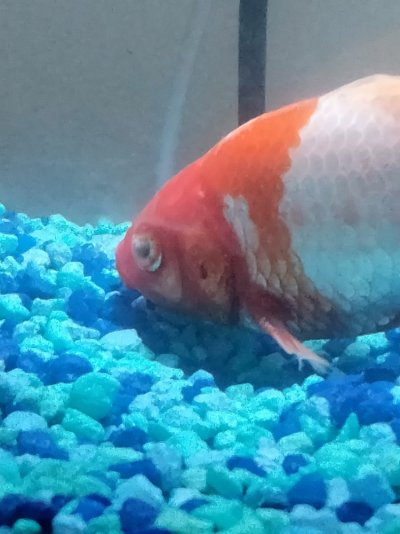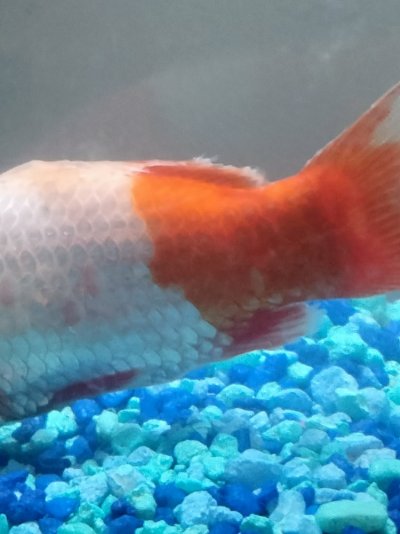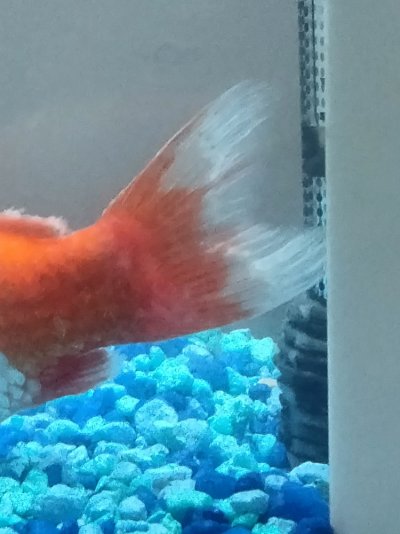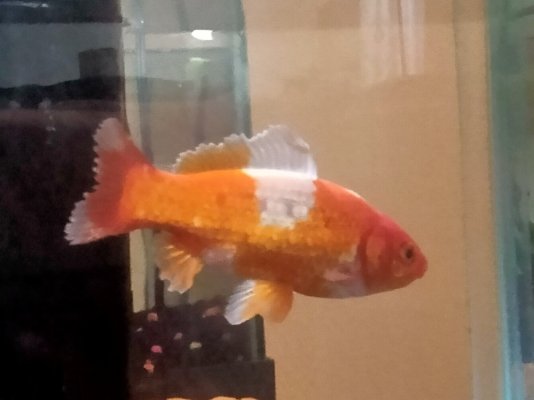Rebecca2023
Aquarium Advice Newbie
- Joined
- Jun 14, 2023
- Messages
- 9
My question is should I use tetra lifeguard to treat fin rot and how much? My two gold fish were in a 10 gallon, it needed to be cleaned, but also they needed a larger tank. I had just treated them for ich, or what do I thought was ick. Stupidly we got them a 20 gallon tank put them in it without cycling it. Within 24 hours they were covered in white fluffy/ stringy stuff, which maybe was Cotton fin. I thought the ich treatment would kill this and gave another dose even though I had just finished three days of medication days before because I realized I had been under medicating. Instead of 1 drop per gallon, I gave them 1 for every 2 gallons. By morning my black moor goldfish was dead., But my regular gold fish was still alive. I moved him to a smaller 4 gallon tank that I believe has been cycled, ( plant that was in it had been growing for a couple months)( we took out the plant and put it in the new bigger tank). I added 3/4 tablespoon of aquarium salt to tank and the white stuff on my fish started coming off. Most of it is gone, just two small dots on face and some still on his eyes. However, i can now see that my fish has moderate, soon to be severe fin rot. He also hasn't eaten for the last several days. He also has pooped a lot, until it was just clear stuff coming out. I got a 3 Gallon tank bubbler and put it in. When something hit his mouth, he ate it, so I think he is hungry , but can't see the food to eat it. He still has enough energy that I can't catch him to syringe feed him. He was up and swimming around yesterday, but is now sitting at the bottom of the tank today and the fin rot looks like it's getting worse. So question is should I give him lifeguard and should I give the whole tab that's for 5 gallons when it is a four gallon tank? Also as far as I can see the parameters look good, but I haven't tested ammonia levels. temp is 74 degrees, I am trying to lower it to 72.




